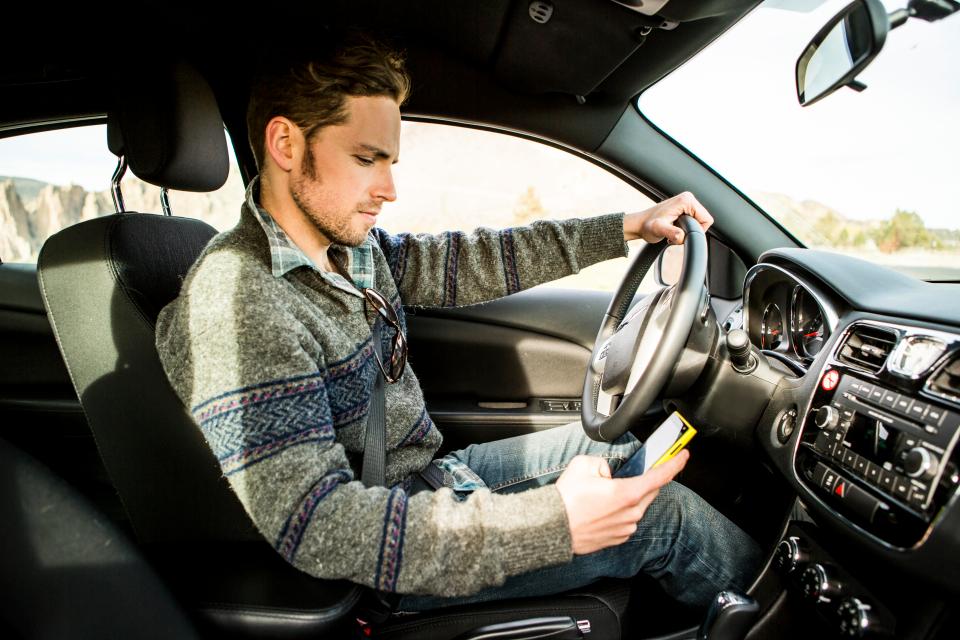As tech devices continue to flourish and make their way into our cars, the opportunities for distracted driving grow commensurately.
But researchers in Canada report that they have produced a technological breakthrough that can "accurately determine" when distracting activities are taking place behind the wheel. The innovation, announced Friday, could potentially lead to the car issuing a warning and, if necessary, taking over for the driver briefly until the safety threat is alleviated.
Engineers at the University of Waterloo used cameras and artificial intelligence to create a system that can detect when motions and actions not usually associated with engaged driving are taking place. This work builds upon the university's previous research; identifying when drowsy drivers are beginning to nod off, when frequent blinking starts occurring and when a motorist's head starts tilting back or forward for too long of a time.
When the software senses a potentially hazardous period of non-driver-like activity, the AI would engage the vehicle.
"The car could actually take over driving if there was imminent danger, even for a short while, in order to avoid crashes," said Fakhri Karray, an electrical and computer engineering professor at the university and the director of the Centre for Pattern Analysis and Machine Intelligence.
Professor Karray and his colleagues have developed algorithms, that when integrated with on-board cameras during a car's operation, can detect when drivers are texting, or reaching into the back seat for longer than a quick moment. And facial recognition sensors can determine when forward-facing drivers are less than fully aware, or awake.
 The new software, according to a statement from the university, can "detect hand movements that deviate from normal driving behaviour and grades or classifies them in terms of possible safety threats."
The new software, according to a statement from the university, can "detect hand movements that deviate from normal driving behaviour and grades or classifies them in terms of possible safety threats."
Known as the Cognitive Platform for an Advanced Driver Assistance and Safety Enhancement System, or Cog-ADAS, the engineers' goals are "not aimed at building a commercial grade prototype of an ADAS, but rather to address missing features of existing ADAS and propose new technologies aimed at imparting them with cognitive-like functionalities," according to the description of the project on the Centre's website.
Last year, according to the National Safety Council, roughly "40,000 people died in motor vehicle crashes; the three biggest causes of fatalities on the road are alcohol, speeding and distracted driving."




